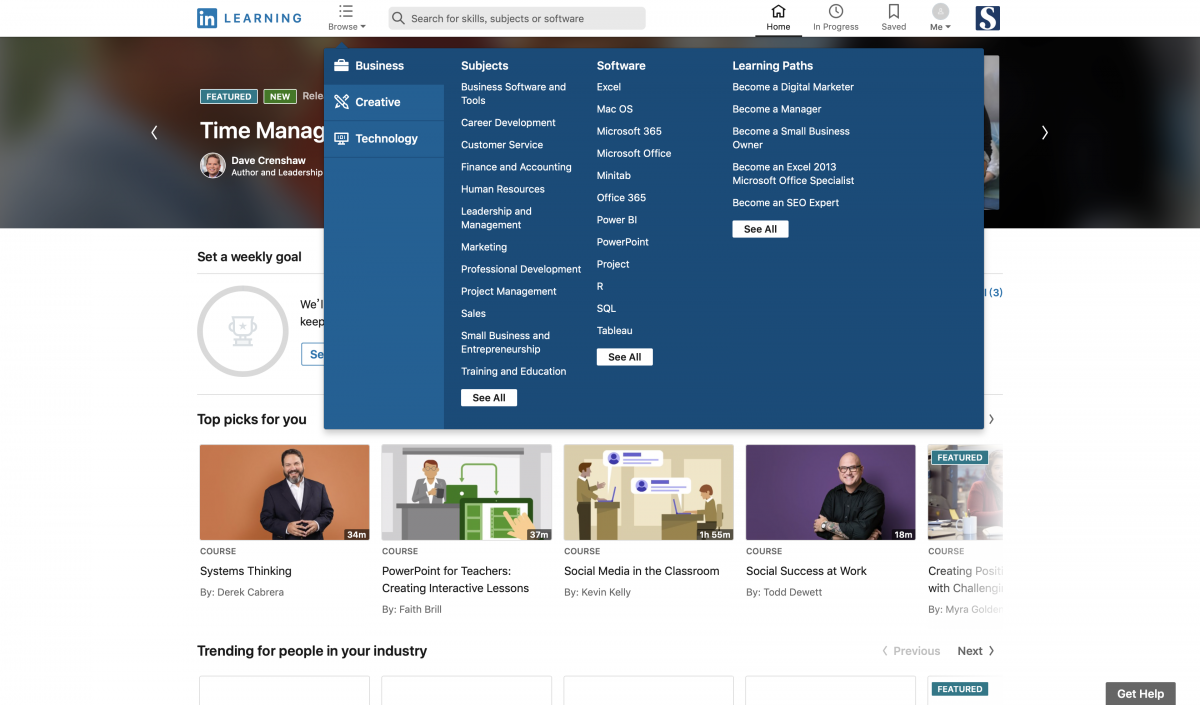If you are struggling with assignments as the fall semester wraps up, there are a lot of ways to get help at Sheridan.
1.Tutoring at the centre
The tutoring centre offers tutoring in specific subject areas with no cost to Sheridan students. You can choose a half hour or one hour appointment or shorter drop-in sessions.
Subjects offered:
- Architecture
- Chemistry,
- Citation & References
- Computer Programming
- English/Writing
- Math
Anthony Xiao, an international student said, “I went to English writing tutoring several times, because English is not my first language so and I found the class very helpful for my writing skills. “
Hours & location: C113 Monday, Wednesday & Friday: 9:00 am – 4:30 pm, Tuesday & Thursday: 9:00 am – 7:00 pm
2.PAL Program
PAL can take place during the tutorial time in your class or outside of your class time. Your PAL will review notes, develop study skills, and help you and your classmates prepare your tests and assignments. It’s once per week.
3.Peer tutoring
Students can choose 10 hours of tutoring per course, per term, or 15 hours per course, per term. Peer tutoring takes place on campus and it is one-on-one. Peer Tutoring costs $40 per course.
4. Lynda.com & Linkedin Learning
Sheridan provides free access to Lynda.com for students. The Lynda website is a learning website that contains many tutorials such as business, design, learning skills, etc. Now all of the courses and instructors on Lynda.com have moved to LinkedIn Learning.

You can find not only tutorials about business or software but also some learning skills tutorials such as time management. It is also very important for students to be able to arrange their study time reasonably.

5. Student advisor
If students are struggling with their classes and are at risk of failing their classes, they can go to the Centre for Student Success and seek help there. Sydney Clarke, who works at the Centre, said,”Students come here with all sorts of questions, we will either answer it at the front or if their questions turns into a large questions, we might refer them to student advisors, and a student’s advisor will create a plan for the student to help them.”

6. Find your course professor
Your professor is the one who knows about your course and what you need to work on.
Cheryl Vallender, the coordinator of the Journalism program said, “Don’t wait to ask for help. If you are struggling, go to your professor right away for guidance.”
